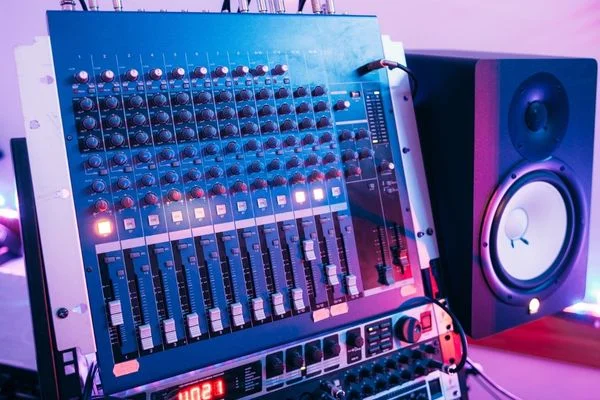Outfitting school auditoriums with sound systems that provide crisp, clear audio can be challenging. But with careful planning and the right equipment, it’s possible to create an auditorium sound system that meets the needs of teachers and students alike. Do you know what to consider when building school auditorium sound system? Let’s look at what to consider when building auditorium sound system.
What To Consider When Building School Auditorium Sound System?
Level of Activity in The Room
The type and level of activity in your school will majorly impact what kind of system you should install. Will it be used for lectures or presentations? Or will it also host musical performances and plays? Consider purchasing additional components such as mixers, amplifiers, or microphones, depending on the scale and frequency of use.
Room Size
The size of the room will also determine what type of system is needed. An auditorium with hundreds of seats requires much more power than one with just a few dozen seats. If you’re unsure what size room you have, consult a professional to get an accurate assessment before purchasing any equipment.
Audio Quality
Your audio quality must be high enough. So your audience can hear clearly without straining their ears or turning up the volume too loud. Invest in quality speakers and other components so that your audio is crystal clear no matter how far away people are sitting from the speakers.
Additionally, if there are any acoustic issues. Such as reverberation or echoes, address them first before installing your new sound system.
Price Range
Your budget will likely determine which components you choose for your school auditorium sound system. Fortunately, plenty of options are available for all price ranges. So it’s important to do your research before making any purchases—you don’t want to go over budget.
Still, you also don’t want to settle for something subpar either!
To save money, consider refurbished or second-hand components instead of buying new items; this can help keep costs down while ensuring quality audio throughout the room.
Also Read: How Do Portable Speakers Work?
What Are The Qualities Of A Good Sound System?

A good sound system meets all of the user’s needs, both in terms of functionality and performance. To ensure this, a quality sound system should be able to provide clean and accurate sound reproduction through powerful amplification and advanced speaker components.
The power output should be tailored to the size of the room being used with a high-quality crossover network, which allows the separation of bass elements from treble elements to create an optimal audio experience.
It must also offer low distortion levels due to its amplifier section and robust components, including loudspeakers that can handle loud sounds without sacrificing accuracy or clarity.
It should also have reliable equalization options for users who want to adjust further the audio output for different music genres or rooms’ acoustics requirements.
Finally, a good sound system must offer ease-of-use features. Such as wireless connectivity compatibility with mobile devices or streaming services. So users can conveniently access their favorite music files without investing time into setting up equipment manually.
Also Read: How To Make Portable Speakers Louder?
What Causes Poor Acoustics In An Auditorium?
A variety of factors can cause poor acoustics in an auditorium. Poor room geometry, such as having curved walls or ceilings and narrow spaces with hard surfaces, can lead to acoustic problems.
The material used to construct walls, floors, and furniture all contribute to sound reverberations that can mask the clarity of spoken words or musical notes. Room resonance due to low-frequency energy being trapped in space is another factor that affects sound quality.
The size and layout of an auditorium also play a role in its acoustic properties. A large number of seats and absorptive furnishings reduce timbre moderation. While large open spaces make it difficult for performers’ voices or instruments to project effectively without amplification.
Acoustic treatments on walls are often employed to enhance the timbre modulation within a space and reduce echoes generated from adjacent wall reflections that distort speech intelligibility and overall sound quality.
For an auditorium’s acoustic performance to be optimum. Audio engineers use computer models before the construction phase to test different configurations before investing in costly materials once the building is constructed.
Additionally, periodic maintenance should always be done. Along with ascertaining seating capacity limits based on sightlines should not exceed those recommended by professional organizations such as AES (Audio Engineering Society).
Also Read: How To Connect Outdoor Speakers To Bluetooth?
Bottom Line:
Now you know what to consider when building school auditorium sound system. Outfitting school auditoriums with sound systems can be tricky.
Still, with careful consideration should be given to factors such as room size, level of activity in the room, audio quality, and price range. Finding an effective solution that meets all these criteria while staying within budget is possible!
Investing in higher quality components upfront will save money in the long run since they’ll last longer than cheaper alternatives. Plus they’ll provide better sound, which makes everyone happy!



